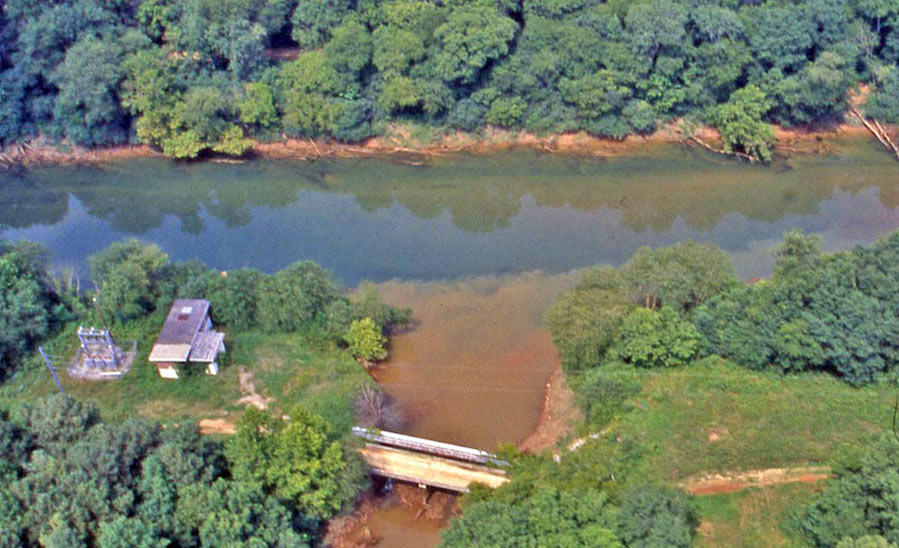Intense competition for business by a large number of pollution liability insurance carriers has created a deep buyer’s market for contractors.
A key player, AIG, will continue to directly insure contractors, but it is pulling out the business of insuring specific sites, which could include equipment storage lots as well as manufacturing plants and other facilities.
AIG is considered one of the “founders,” in the 1980s, of pollution liability insurance coverage.
The pullback comes amid soft pricing and a surplus of competition that has squeezed the bottom line of carriers while offering contractors the chance to bulk up on coverage at relatively low rates.
AIG’s exit from this type of coverage has been welcomed by other carriers, who are now scrambling to pick up some of the contracts and coverage the insurer has decided to pull back from.
“It does create opportunities for other carriers,” said Steve Stabilito, underwriting director, construction professional and pollution lines, for XL Catlin Inc., the big Bermuda-based insurer.
Abundance of Pollution Insurance Carriers
The competition for business comes as the number of carriers offering pollution legal liability coverage has grown to over 40.
These include some of the biggest names in insurance, including Zurich, Beazley and ACE-Chubb.
However, as competition in the pollution legal liability market has increased, profit margins have fallen.
While AIG has not detailed its specific reasons for pulling out of part of the pollution liability market, the company notified policyholders in January as it announced plans to cut costs and boost earnings by tightening up and refocusing various parts of its insurance empire.
Given AIG’s pioneering role in pollution coverage, having been in the market for decades, the decision sent shock waves through the field.
“They are the smartest guys in the room and they are throwing their hands up,” said Jeff Slivka, president of New Day Underwriting Managers, Hamilton Township, N.J. “If that didn’t shake up the industry, I don’t know what will.”
Overall, premiums for pollution coverage have dropped 40% to 50% over the past five years, Stabilito said.
In some cases, contractors can obtain coverage for as little as $1,500 to $2,000. In order to make money on such low-premium policies, insurance carriers “have to write a lot of that business in order to have as substantial book of business.”
“You wonder how long it can be sustainable,” he said.
Higher Coverage Limits
As they hunt for ways to stay profitable, carriers are also having luck convincing project owners and contractors to buy higher levels of coverage.
“Ten million is the new $5 million and $5 million is the new $1-or-$2 million. Even small projects are at least $5 million and in some cases $25 million,” Stabilito said.
At the same time, insurers have both expanded the range of pollution coverage they offer or lowered premiums on previously hard-to-get conditions, including mold/legionella on an occurrence basis, non-owned disposal sites on a blanket, non-scheduled basis, disaster-response expense coverage, pollution at the Named Insured’s locations, and defense expenses outside the limit of liability.
“In essence, the marketplace has evolved to cover contractors’ cradle-to-grave pollution exposures,” Stabilito said. “These exposures have always existed but many carriers were not willing to cover them as recently as five-to-ten years ago.”





